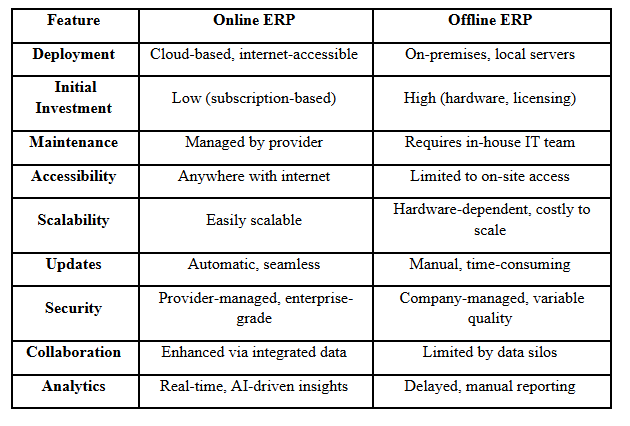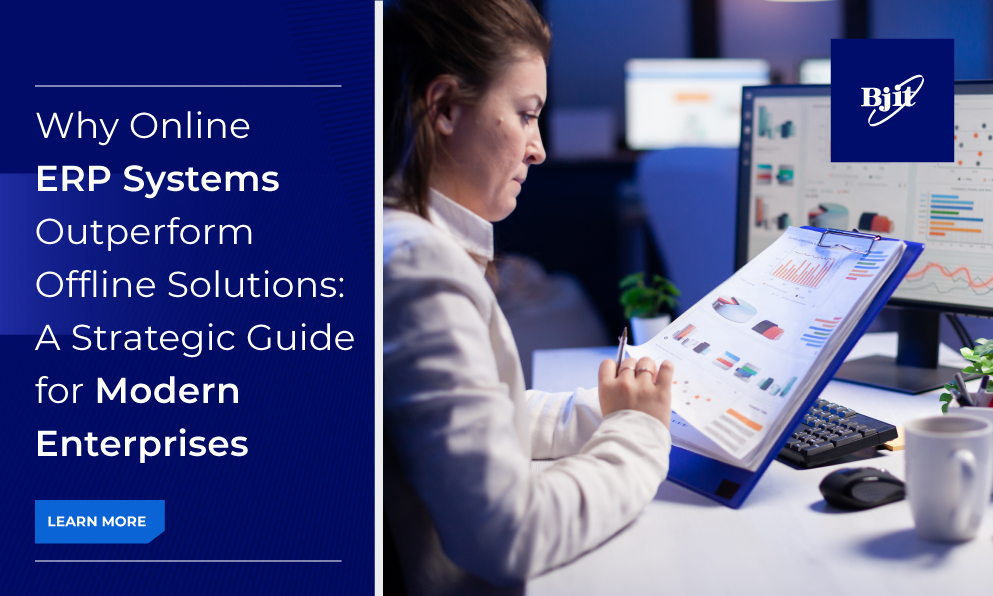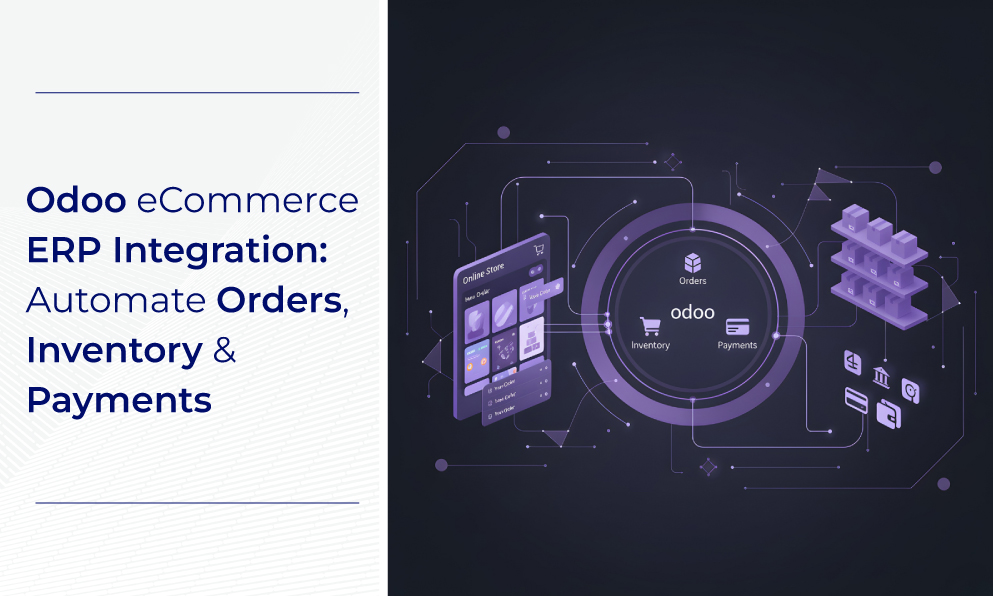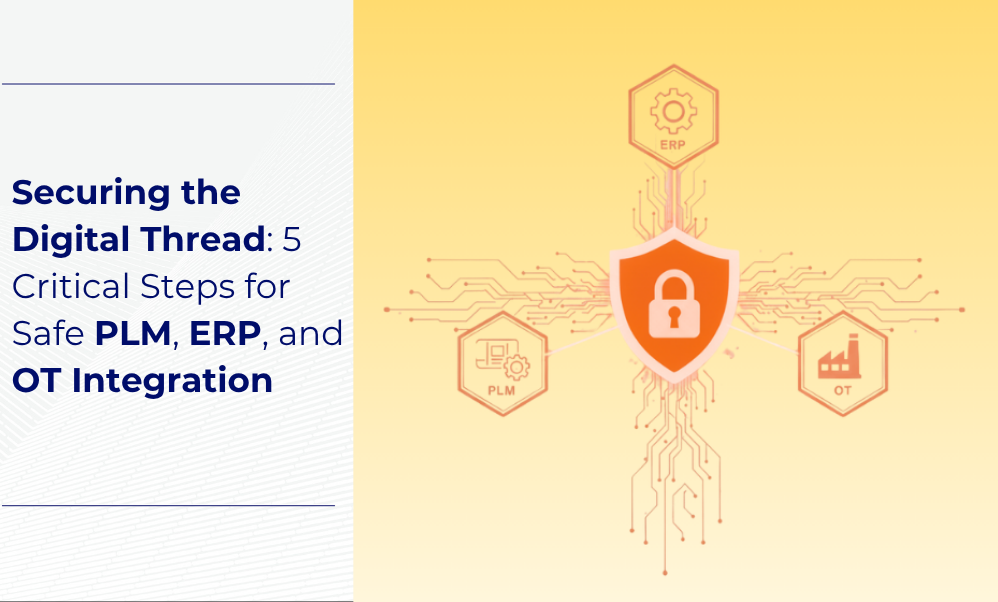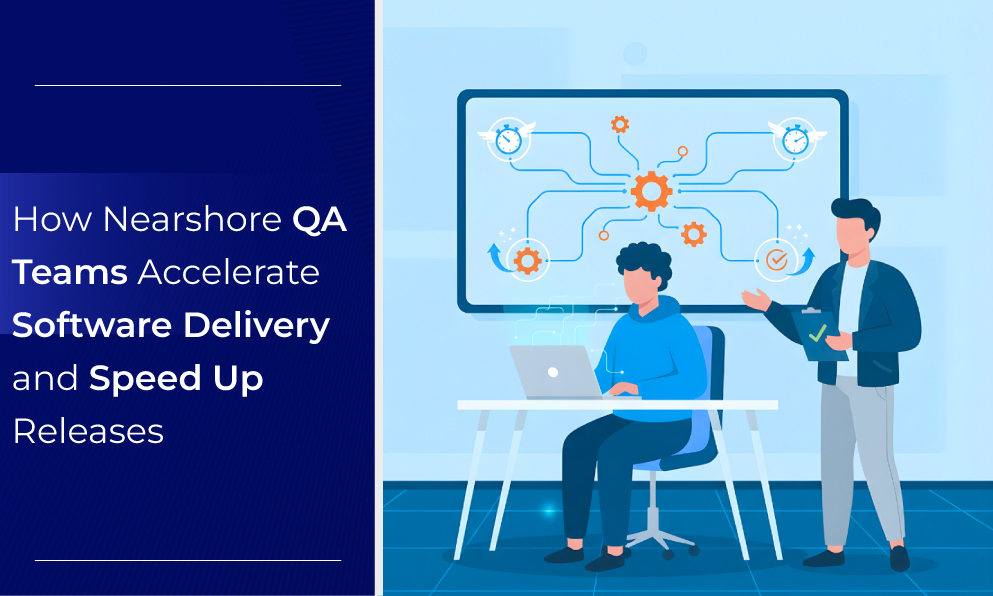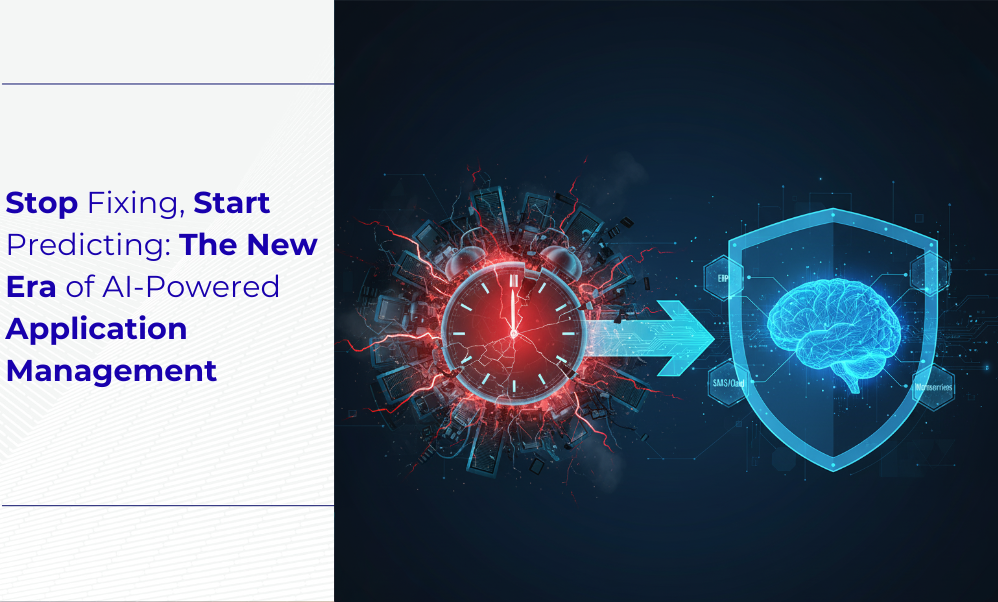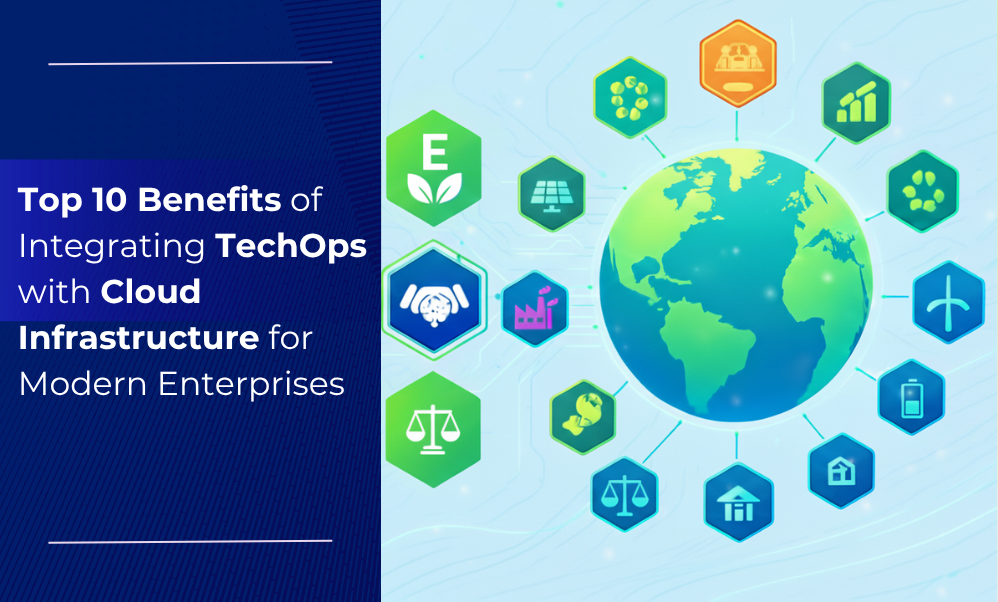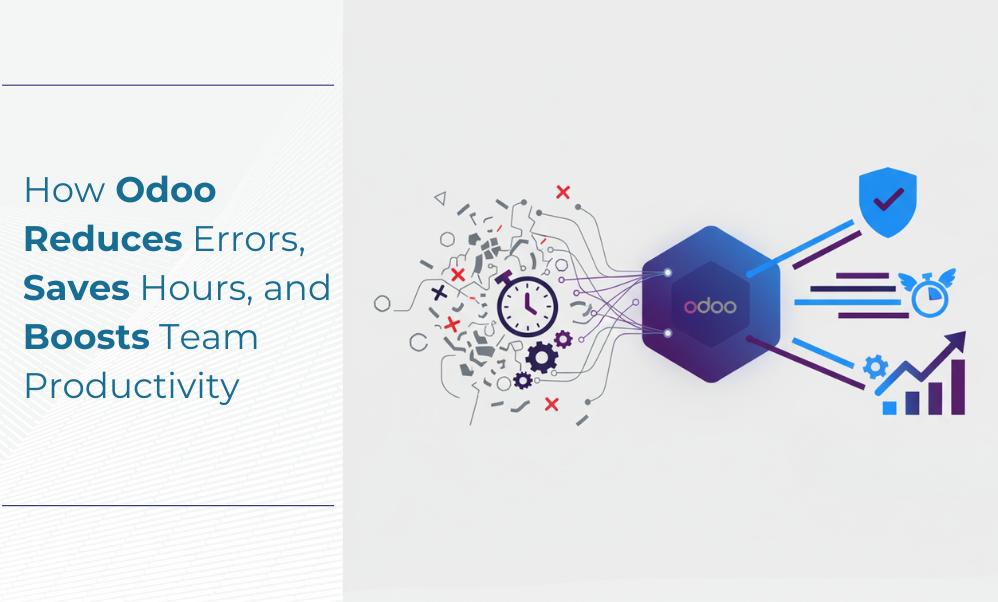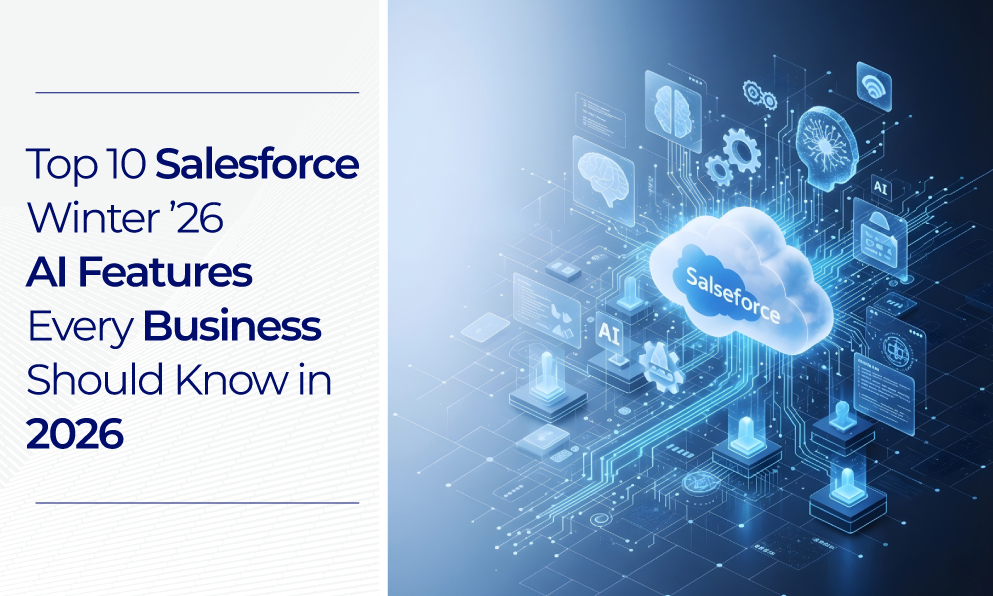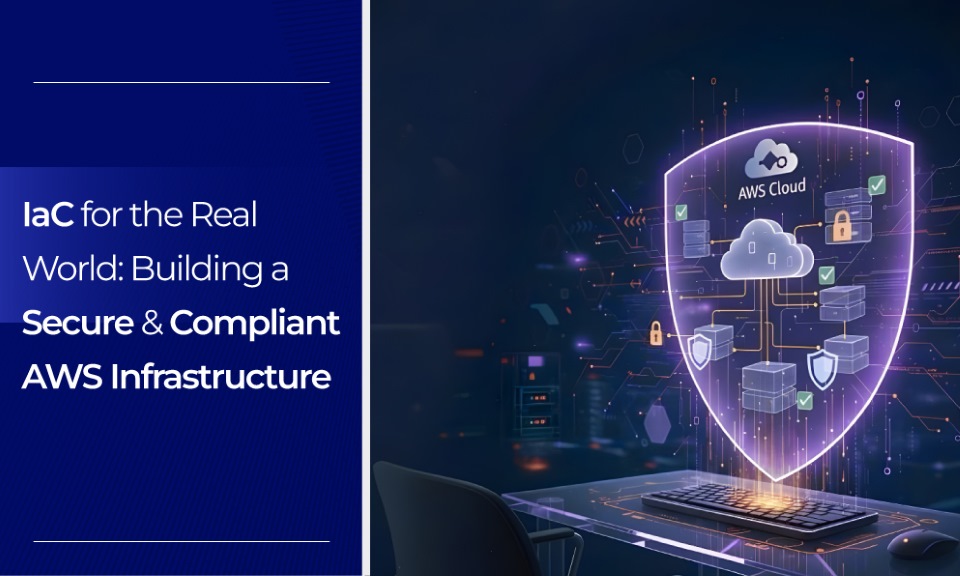Why Online ERP Systems Outperform Offline Solutions: A Strategic Guide for Modern Enterprises
In the fast-paced, hyper-connected world of modern business, staying ahead requires more than just keeping up—it demands transformation. Enter online, cloud-based Enterprise Resource Planning (ERP) systems, the backbone of agile enterprises in 2025. Unlike their clunky, offline predecessors, cloud ERPs are revolutionizing how businesses operate, offering unparalleled flexibility, cost savings, and real-time insights. This guide explores why online ERP systems are a strategic necessity, how they outshine traditional offline solutions, and why partnering with a powerhouse like BJIT—leveraging platforms like Odoo, Salesforce, SAP, and Power BI—can catapult your business into the future.
Understanding ERP: Online vs. Offline
At their core, ERP systems streamline business processes by integrating functions like finance, HR, supply chain, and customer relations into a single, cohesive platform. But the deployment model makes all the difference:
- Offline ERP: These systems are installed on local servers, requiring significant upfront investment in hardware, dedicated IT staff, and ongoing maintenance. Think of them as the bulky, stationary computers of the early 2000s—functional but rigid.
- Online ERP: Hosted in the cloud, these systems are accessible via the internet, offering scalability, mobility, and reduced overhead. They’re the smartphones of ERP—sleek, versatile, and always connected.
The shift to cloud-based ERPs isn’t just a tech upgrade; it’s a paradigm shift that empowers businesses to operate smarter, faster, and leaner.
Why Online ERP Systems Reign Supreme
Online ERP systems are packed with advantages that make them the go-to choice for forward-thinking enterprises. Here’s why they’re leaving offline systems in the dust:
1. Cost Efficiency: Save Money, Stress Less
Cloud-based ERPs eliminate the need for expensive on-premises infrastructure. Instead of sinking millions into servers, cooling systems, and IT staff, businesses can opt for subscription-based models with predictable costs. According to a 2023 Gartner study, companies using cloud ERPs save up to 30% compared to on-premise systems due to reduced hardware and maintenance expenses. Plus, no more surprise repair bills or costly upgrades—cloud providers handle it all.
Example: A mid-sized manufacturing firm saved $1.2 million annually by switching to a cloud ERP, redirecting funds to R&D and market expansion (Forbes, 2024).
2. Anytime, Anywhere Access
Imagine accessing your entire business operations from a beach in Bali or a café in Paris. Cloud ERPs make this a reality. With internet access, employees, managers, and executives can tap into real-time data from any device, enabling remote work and global collaboration. A 2024 IDC survey found that 78% of businesses with cloud ERPs reported improved decision-making due to real-time data access, compared to just 42% for offline systems.
3. Hassle-Free Updates and Maintenance
Offline ERPs require manual updates, often leading to downtime and IT headaches. Cloud ERPs, on the other hand, are updated automatically by providers, ensuring your system is always running the latest software with zero disruption. For instance, platforms like Salesforce and SAP roll out updates seamlessly, incorporating AI-driven features and security patches without burdening your team.
Fun Fact: In 2024, 65% of businesses using cloud ERPs reported zero downtime during updates, compared to 40% of offline ERP users facing at least 12 hours of annual downtime (TechRadar).
4. Scalability: Grow Without Limits
Business growth shouldn’t be bottlenecked by infrastructure. Cloud ERPs scale effortlessly, allowing you to add users, modules, or storage as your business expands. Whether you’re a startup doubling in size or an enterprise entering new markets, cloud ERPs adapt without the need for costly hardware upgrades. For example, a retail chain using SAP’s cloud ERP scaled its operations across 50 new stores in under three months, a feat impossible with offline systems.
5. Fortress-Level Security
Data breaches cost businesses an average of $4.45 million globally in 2023 (IBM Security). Cloud ERP providers invest heavily in state-of-the-art security, including end-to-end encryption, multi-factor authentication, and regular backups. These measures often surpass what most companies can afford for on-premise systems. Providers like AWS and Microsoft Azure, which power many cloud ERPs, comply with global standards like GDPR, HIPAA, and ISO 27001, ensuring your data is safe from cyber threats.
6. Collaboration That Breaks Silos
Offline ERPs often create data silos, where departments operate in isolation. Cloud ERPs integrate data across functions—inventory, sales, HR, and more—fostering seamless collaboration. For instance, BJIT’s Odoo implementations integrate accounting, CRM, and supply chain data, enabling cross-functional teams to work from a single source of truth. A 2024 Deloitte study found that businesses using cloud ERPs saw a 25% boost in cross-departmental productivity.
7. Real-Time Analytics: Your Crystal Ball
In today’s data-driven world, delayed insights are as good as no insights. Cloud ERPs deliver real-time analytics, empowering businesses to make proactive decisions. Tools like Power BI, integrated with platforms like Odoo and SAP, provide interactive dashboards and predictive analytics. For example, a logistics company using SAP and Power BI reduced delivery delays by 15% by leveraging real-time route optimization data (SAP Case Study, 2024).
Online vs. Offline ERP: A Head-to-Head Showdown
BJIT: Your Partner in ERP Excellence
BJIT, a global IT leader with over 23 years of experience and 2,000+ successful projects, is at the forefront of delivering cutting-edge online ERP solutions. By harnessing platforms like Odoo, Salesforce, SAP, and Power BI, BJIT transforms businesses into agile, data-driven powerhouses. Here’s how they do it:
Odoo: The Swiss Army Knife of ERP
Odoo’s open-source platform is a game-changer for businesses of all sizes. BJIT customizes Odoo to fit unique needs, from e-commerce to manufacturing. Their integration with Power BI delivers stunning visualizations, turning raw data into actionable insights. For example, a European retailer used BJIT’s Odoo-Power BI solution to boost sales forecasting accuracy by 20%.
Salesforce: CRM Meets ERP
Salesforce isn’t just a CRM—it’s a powerhouse for data integration. BJIT enhances Salesforce with Power BI connectors, enabling real-time customer insights and streamlined workflows. A U.S.-based SaaS company reported a 30% increase in customer retention after BJIT integrated Salesforce with their ERP system.
SAP: Enterprise-Grade Excellence
SAP’s cloud ERP solutions are renowned for their robustness. BJIT pairs SAP with Power BI to deliver real-time performance metrics, helping enterprises optimize operations. A global manufacturer reduced inventory costs by 18% using BJIT’s SAP-Power BI integration (SAP Success Story, 2024).
Power BI: Visualize Success
Microsoft’s Power BI transforms data into interactive dashboards. BJIT’s expertise in integrating Power BI with ERP platforms ensures businesses can track KPIs, forecast trends, and make informed decisions. A logistics firm saw a 22% improvement in operational efficiency after adopting BJIT’s Power BI-driven ERP solution.
Why BJIT Stands Out
- Proven Expertise: With 23+ years and 2,000+ projects, BJIT’s track record speaks for itself.
- Tailored Solutions: BJIT crafts ERP systems that align with your unique business goals, ensuring maximum ROI.
- Integration Mastery: Seamless integration with tools like Power BI sets BJIT apart, delivering unified data ecosystems.
- Global Reach, Local Touch: Offices in Japan, Finland, Sweden, the USA, and the Netherlands ensure world-class support, wherever you are.
- Unwavering Support: BJIT’s 24/7 maintenance and support keep your ERP system evolving with your business.
Real-World Impact: Success Stories
- Retail Revolution: A Southeast Asian retailer switched to BJIT’s Odoo-based ERP, reducing operational costs by 25% and improving inventory turnover by 15% within six months.
- Manufacturing Marvel: A German manufacturer leveraged BJIT’s SAP-Power BI solution to streamline supply chain processes, cutting lead times by 20%.
- SaaS Success: A U.S. tech firm used BJIT’s Salesforce integration to boost customer engagement, achieving a 35% increase in upsell revenue.
The Future Is Cloud
Transitioning to an online ERP system isn’t just about keeping up—it’s about leading the pack. Cloud ERPs offer unmatched flexibility, scalability, and insights, empowering businesses to thrive in a competitive world. With BJIT’s expertise and cutting-edge platforms like Odoo, Salesforce, SAP, and Power BI, your enterprise can unlock its full potential.
Ready to transform your business? Visit BJIT’s Blog for case studies and insights, or contact BJIT to start your ERP journey today.
References
- Arion ERP. (n.d.). Describe Cloud ERP: Advantages and Definition. Retrieved from https://www.arionerp.com/news/productivity/what-is-cloud-erp-definition-and-advantages.html
- Port Cities. (n.d.). 7 Advantages of ERP over Standalone Software, Boosting Efficiency. Retrieved from https://portcities.net/id/blog/erp-and-odoo-insights-2/7-advantages-of-erp-over-standalone-software-boosting-efficiency-132
- HashMicro. (n.d.). Understanding 15 ERP Benefits for Businesses in Malaysia. Retrieved from https://www.hashmicro.com/my/blog/erp-benefits/
- Insights for Professionals. (n.d.). The Advantages (and Disadvantages) of a Cloud-Based ERP. Retrieved from https://www.insightsforprofessionals.com/finance/financial-technology/advantages-and-disadvantages-of-cloud-based-erp
- Absolute ERP. (n.d.). 7 Benefits of Cloud-Based Enterprise Resource Planning (ERP) Software. Retrieved from https://www.erpabsolute.com/blog/benefits-of-cloud-erp-software/
- PlanetTogether. (n.d.). Advantages and Disadvantages of Cloud-Based ERP Systems. Retrieved from https://www.planettogether.com/blog/advantages-and-disadvantages-of-cloud-based-erp-systems
- Wikipedia. (n.d.). Enterprise Resource Planning. Retrieved from https://en.wikipedia.org/wiki/Enterprise_resource_planning
- Gartner. (2023). Cloud ERP Cost Analysis Report.
- IDC. (2024). Global ERP Adoption Survey.
- Forbes. (2024). How Cloud ERPs Drive Business Transformation.
- TechRadar. (2024). ERP Downtime Statistics.
- IBM Security. (2023). Cost of a Data Breach Report.
- Deloitte. (2024). Cloud ERP Productivity Study.
- SAP. (2024). Customer Success Stories.
